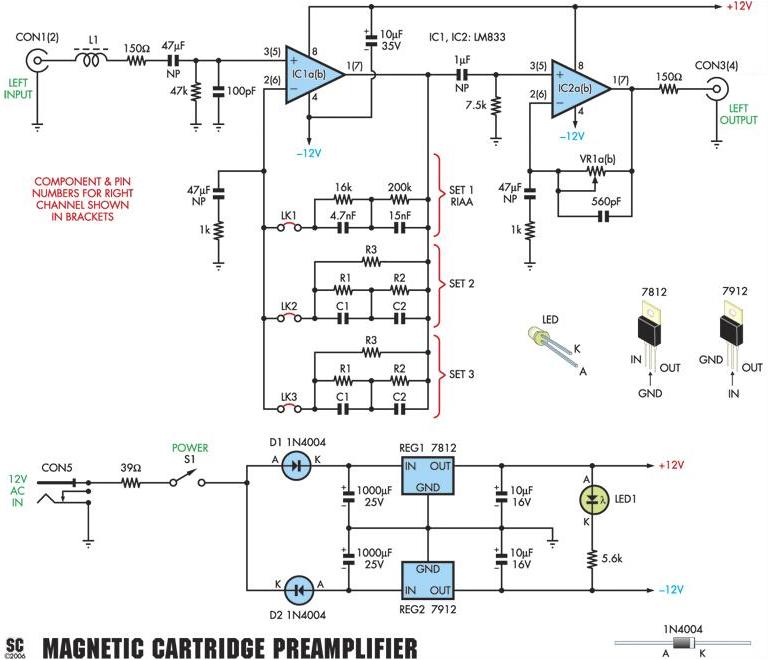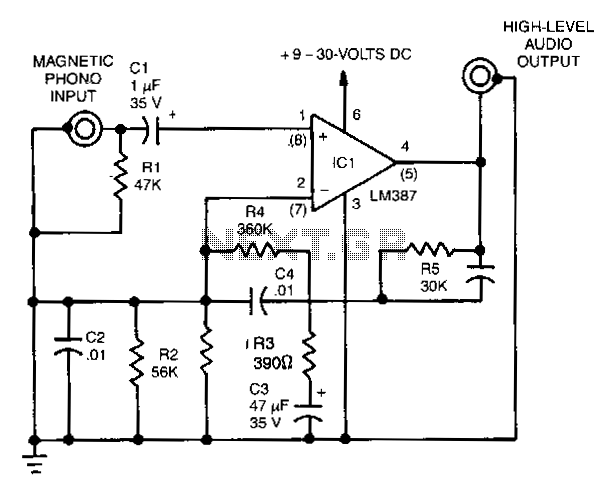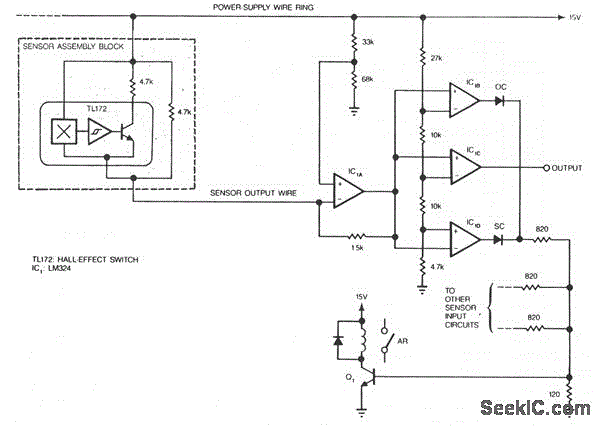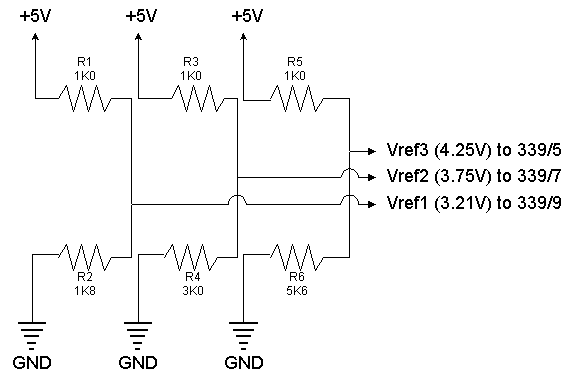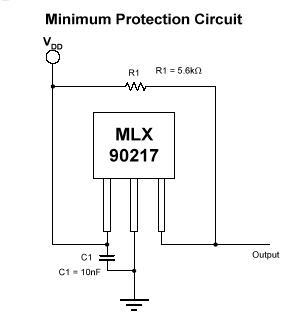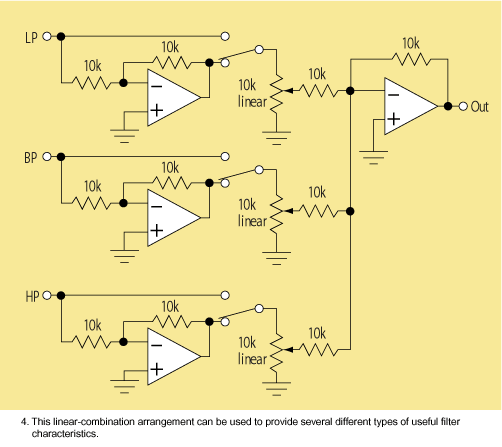
Phono Preamps For All
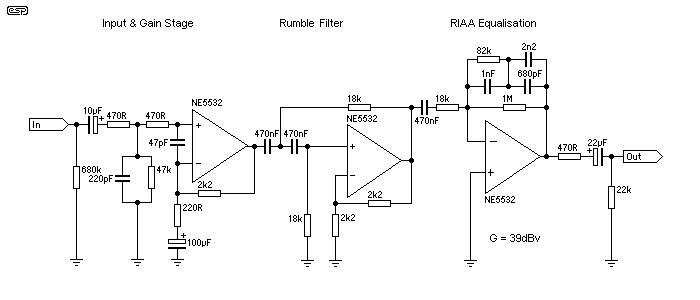
This is a collection of phono (black vinyl for the youngsters) preamps and equalisation circuits, one of which is sure to meet your requirements. These are not my circuits, but were contributed by a reader, so I am not really in a position to make any specific recommendations. They are provided as a service to the experimenters out there, and may be found useful for other applications as well.
Additional The collection comprises a variety of phono preamps and equalisation circuits. Phono preamps are essential in audio systems for amplifying the signal from a turntable to a level that can be processed by other components of the audio system. These preamps handle the delicate phono signal with care, preserving its quality while boosting its level.
The equalisation circuits, on the other hand, are designed to adjust the frequency response of an audio signal. They can amplify or attenuate specific frequency ranges, allowing for fine-tuning of the audio output to meet specific requirements or preferences.
Though these circuits were contributed by a reader and not the original author, they serve an important purpose for the electronic experimenters. They provide a basis for understanding, experimenting, and possibly modifying to suit different applications.
These circuits could be incorporated into a variety of projects, including DIY audio systems, professional audio equipment, and even in educational settings for teaching the principles of audio signal processing. They offer a practical and hands-on approach to learning and understanding the inner workings of audio systems.
It is important to note that these circuits require a certain level of knowledge and experience in electronics to handle safely and effectively. Therefore, they are best suited for experimenters who have a good understanding of electronic principles and safety precautions.
In conclusion, this collection of phono preamps and equalisation circuits is a valuable resource for anyone interested in audio electronics, whether for practical applications, experimentation, or educational purposes.This is a collection of phono (black vinyl for the youngsters) preamps and equalisation circuits, one of which is sure to meet your requirements. These are not my circuits, but were contributed by a reader (see above), so I am not really in a position to make any specific recommendations.
They are provided as a service to the experimenters out there, and may be found useful for other applications as well. 🔗 External reference
Additional The collection comprises a variety of phono preamps and equalisation circuits. Phono preamps are essential in audio systems for amplifying the signal from a turntable to a level that can be processed by other components of the audio system. These preamps handle the delicate phono signal with care, preserving its quality while boosting its level.
The equalisation circuits, on the other hand, are designed to adjust the frequency response of an audio signal. They can amplify or attenuate specific frequency ranges, allowing for fine-tuning of the audio output to meet specific requirements or preferences.
Though these circuits were contributed by a reader and not the original author, they serve an important purpose for the electronic experimenters. They provide a basis for understanding, experimenting, and possibly modifying to suit different applications.
These circuits could be incorporated into a variety of projects, including DIY audio systems, professional audio equipment, and even in educational settings for teaching the principles of audio signal processing. They offer a practical and hands-on approach to learning and understanding the inner workings of audio systems.
It is important to note that these circuits require a certain level of knowledge and experience in electronics to handle safely and effectively. Therefore, they are best suited for experimenters who have a good understanding of electronic principles and safety precautions.
In conclusion, this collection of phono preamps and equalisation circuits is a valuable resource for anyone interested in audio electronics, whether for practical applications, experimentation, or educational purposes.This is a collection of phono (black vinyl for the youngsters) preamps and equalisation circuits, one of which is sure to meet your requirements. These are not my circuits, but were contributed by a reader (see above), so I am not really in a position to make any specific recommendations.
They are provided as a service to the experimenters out there, and may be found useful for other applications as well. 🔗 External reference
